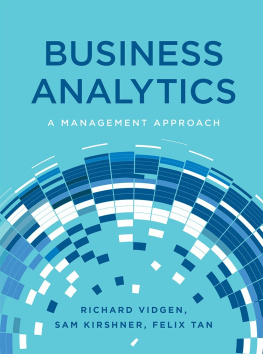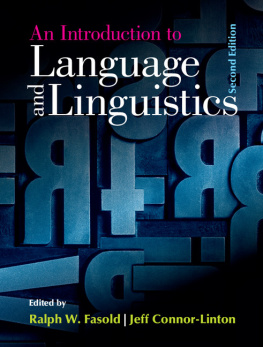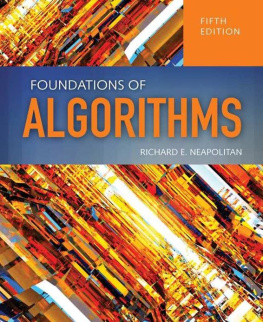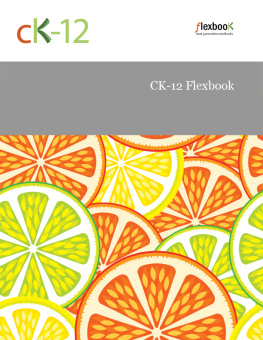Structural Geology Second Edition This market-leading textbook has been fully updated in response to extensive user feedback. It includes a new chapter on joints and veins, additional examples from around the world, stunning new field photos, and extended online resources with new animations and exercises. The books practical emphasis, hugely popular in the first edition, features applications in the upper crust, including petroleum and groundwater geology, highlighting the importance of structural geology in exploration and exploitation of petroleum and water resources. Carefully designed full-color illustrations work closely with the text to support student learning, and are supplemented with high-quality photos from around the world. Examples and parallels drawn from practical everyday situations engage students, and end-of-chapter review questions help them to check their understanding. Updated e-learning modules are available online for most chapters and further reinforce key topics using summaries, innovative animations to bring concepts to life, and additional examples and figures.
Haakon Fossen is Professor of Structural Geology at the University of Bergen, Norway, where he is affiliated with the Department of Earth Science and the Natural History Collections. His professional career has involved work as an exploration and production geologist/geophysicist for Statoil and as a Professor at the University of Bergen (1996 to present), in addition to periods of geologic mapping and mineral exploration in Norway. His research ranges from hard to soft rocks and includes studies of folds, shear zones, formation and collapse of the Caledonian Orogen, numerical modeling of deformation (transpression), the evolution of the North Sea rift, and studies of deformed sandstones in the western United States. He has conducted extensive field work in various parts of the world, notably Norway, Utah/Colorado, and Sinai, and his research is based on field mapping, microscopy, physical and numerical modeling, geochronology and seismic interpretation. Professor Fossen has been involved in editing several international geology journals, has authored over 100 scientific publications, and has written two other books and several book chapters. He has taught undergraduate structural geology courses for twenty years and has a keen interest in developing electronic teaching resources to aid student visualization and understanding of geological structures.

Structural Geology
Second Edition
Haakon Fossen
University of Bergen, Norway

University Printing House, Cambridge CB2 8BS, United Kingdom
Cambridge University Press is part of the University of Cambridge.
It furthers the Universitys mission by disseminating knowledge in the pursuit of education, learning and research at the highest international levels of excellence.
www.cambridge.org
Information on this title: www.cambridge.org/9781107057647
Haakon Fossen 2016
This publication is in copyright. Subject to statutory exception and to the provisions of relevant collective licensing agreements, no reproduction of any part may take place without the written permission of Cambridge University Press.
First published 2016
Printed in the United Kingdom by Clays, St Ives plc
A catalogue record for this publication is available from the British Library
ISBN 978-1-107-05764-7 Hardback
Additional resources for this publication at www.cambridge.org/fossen2e
Cambridge University Press has no responsibility for the persistence or accuracy of URLs for external or third-party internet websites referred to in this publication, and does not guarantee that any content on such websites is, or will remain, accurate or appropriate.
Contents
How to use this book
Each chapter starts with a general introduction , which presents a context for the topic within structural geology as a whole. These introductions provide a roadmap for the chapter and will help you to navigate through the book. The box alongside identifies which online e-module accompanies the chapter and the topics that it covers.
The main text contains highlighted terms and key expressions that you will need to understand and become familiar with. Many of these terms are listed in the Glossary at the back of the book. The Glossary allows you to easily look up terms whenever needed and can also be used to review important topics and key facts. Each chapter also contains a series of highlighted statements to encourage you to pause and review your understanding of what you have read.
Boxes present in-depth information about a particular subject, helpful examples or relevant background information. Other important points are brought together in the chapter summaries. Review questions should be used to test your understanding of the chapter before moving on to the next topic. Answers to these questions are given on the books webpage. Further reading sections provide references to selected papers and books for those interested in more detail or advanced information.
E-learning modules further reinforce key topics using summaries, additional examples and figures, and innovative animations to bring concepts to life. Use of these e-modules is highly recommended after reading the chapter as part of review and exam preparation. The modules provide supplementary information that complements the main text.

Online resources www.cambridge.org/fossen2e
Specially prepared resources, unique to this book, are available from the books webpage. These include:
E-learning modules that combine animations, text, illustrations and photographs. These present key aspects of structural geology in a highly visual and interactive environment.
Answers to the end-of-chapter review questions for instructors.
Additional student exercises (with solutions for instructors).
All of the figures for each chapter as jpeg and PowerPoint files.
An electronic glossary of terms.
A gallery of supplementary figures illustrating additional geologic structures and field examples.
Tutorial videos from the field.
Links to other web-based structural geology resources including software.
















 Online resources www.cambridge.org/fossen2e
Online resources www.cambridge.org/fossen2e